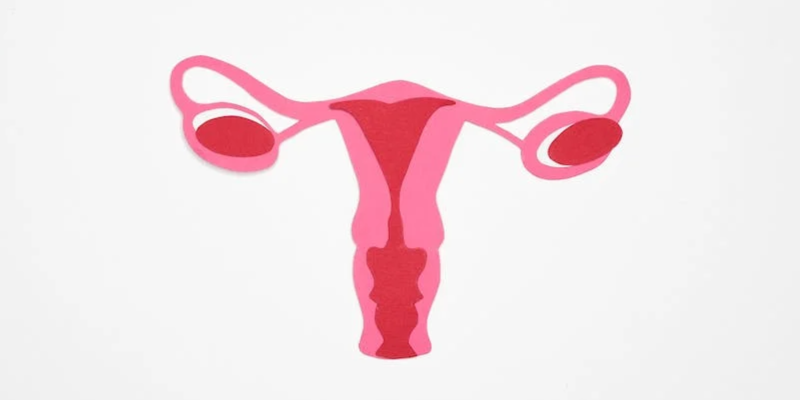The rise of the Internet has opened avenues for all sorts of communication, including the unfortunate increase in coded language designed to perpetuate harmful biases. One such coded language tactic is “dog whistling,” frequently used to send discriminatory messages about various groups, often with plausible deniability for the offender. A specific dog whistle that often targets the trans community is the term “biological sex”.
To appreciate the potency of this dog whistle, it’s crucial to understand its layers. At first glance, “biological sex” seems to reference a scientific fact. It indeed correlates to the typical categorisation of male and female based on physical characteristics at birth. However, it’s the application of this term that transforms it from scientific categorisation into a transphobic dog whistle.
The misuse of “biological sex” often involves an oversimplified interpretation of biology that conflates sex, gender, and gender identity. Sex usually refers to physical or physiological differences, such as reproductive organs or chromosomes. Gender, on the other hand, refers to behaviours, experiences, and identities that societies deem appropriate for men and women. Gender identity is a personal conception of oneself as male, female, both, neither, or somewhere along the gender spectrum.
Trans people often find their gender identity does not align with the sex they were assigned at birth. When critics bring up ‘biological sex’ to invalidate trans identities, they are weaponising the term to maintain a gender binary that denies the existence of trans, non-binary, and intersex people.
Invoking ‘biological sex’ in this way works to exclude and discriminate against trans individuals in several ways. It can be used to deny the validity of trans identities, exclude trans people from spaces that align with their gender identity, and argue against protections or rights for trans people. This use of ‘biological sex’ attempts to reduce the rich, complex tapestry of human gender and identity down to a simplistic and ultimately inaccurate binary.
By spreading awareness about how these coded messages function, we can begin to challenge them and support our trans friends and neighbours more effectively. It’s essential to respect individuals’ self-identified genders and remember that biology isn’t as straightforward as some would have us believe.
When we talk about ‘biological sex,’ let’s ensure that we’re using the term in a scientifically accurate, respectful, and inclusive way. In understanding the way this term can be twisted into a dog whistle, we take a step towards a society that truly respects and values the experiences and identities of all people, particularly those in the trans community.
